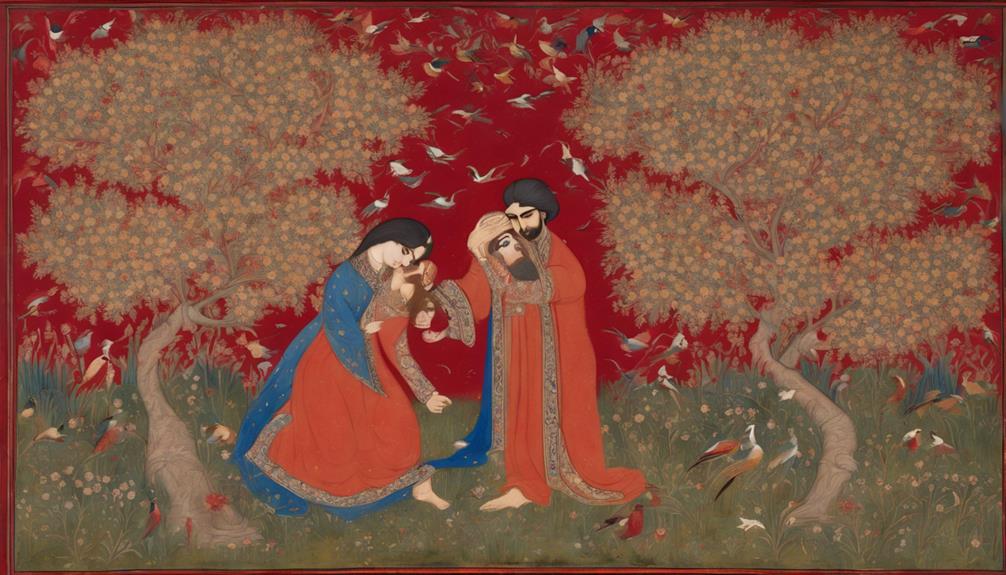As you delve into the rich tradition of Persian poetry, you'll discover the ghazal, a centuries-old form that masterfully weaves together love, longing, and spirituality. Emerging in 10th-century Arabia, the ghazal developed under royal patronage, blending Arabic and Persian literary traditions. This mystical, introspective verse has enchanted audiences with its symbolic language, where flowers, nightingales, and celestial bodies symbolize the pursuit of divine intimacy. With its ability to tap into universal emotions, the ghazal has bridged cultural boundaries, creating a shared emotional lexicon. Now, as you set out on this poetic journey, the secrets of the ghazal await, ready to be unraveled.
Origins of the Ghazal Tradition
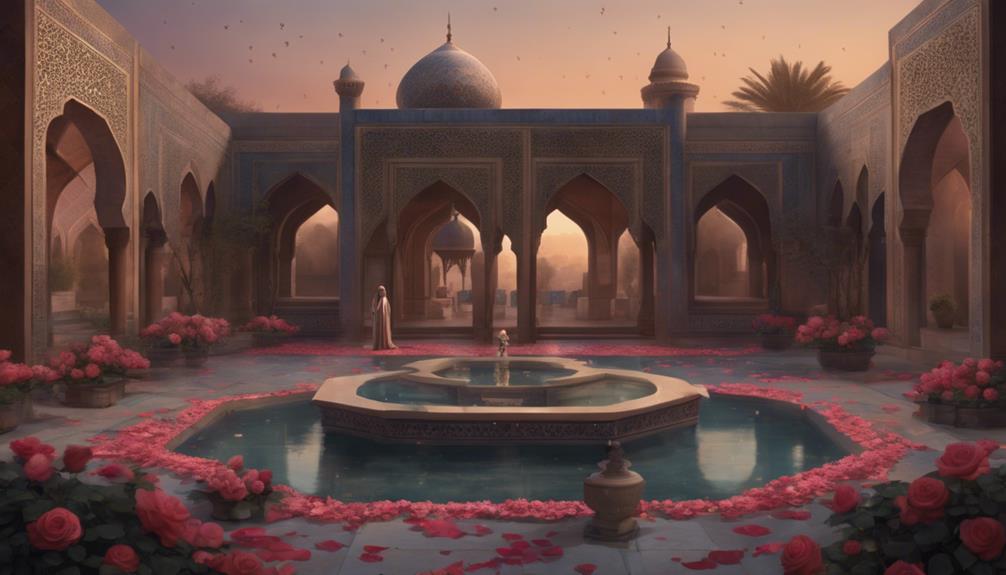
As you explore the rich cultural heritage of Persian poetry, it becomes evident that the Ghazal tradition has its roots in 10th-century Arabia, where the genre emerged as a form of romantic, mystical, and introspective verse. This early period saw the Ghazal's development under the patronage of royal courts, where poets would compose verses to entertain and flatter their patrons. The royal patronage not only provided financial support but also offered a platform for poets to showcase their skills, leading to a proliferation of Ghazal poetry.
The literary influences of Arabic and Persian poetry also played a significant role in shaping the Ghazal tradition. The works of renowned poets like Rumi and Hafez, who were heavily influenced by Arabic literature, had a profound impact on the development of the Ghazal. The fusion of Arabic and Persian literary traditions resulted in a unique blend of romantic, mystical, and introspective themes, which became the hallmark of the Ghazal tradition. As you investigate further into the world of Persian poetry, it becomes clear that the Ghazal's origins are deeply rooted in the cultural and literary heritage of the region.
Mystical and Spiritual Themes
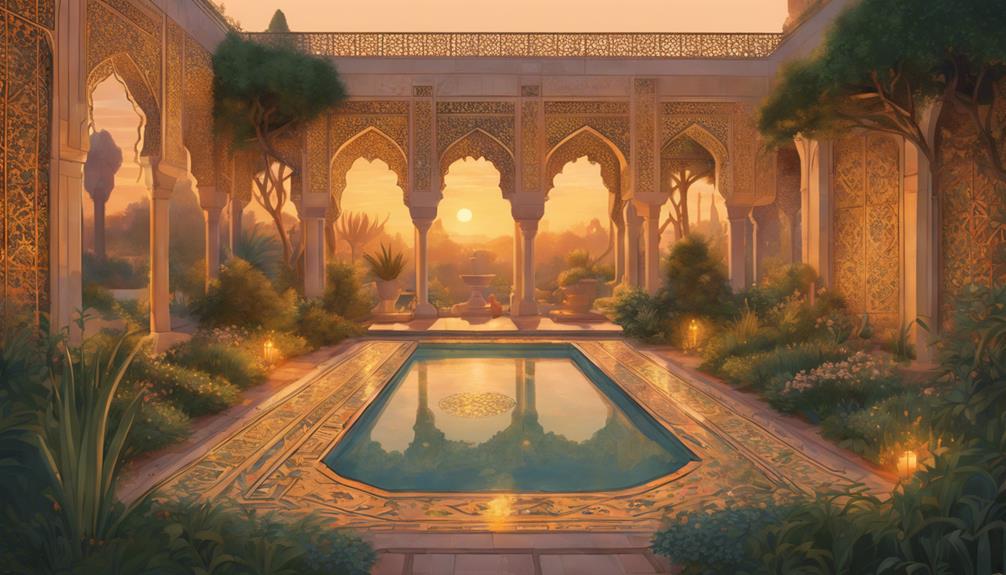
In exploring the mystical and spiritual themes that permeate the Ghazal tradition, you'll discover that the genre's romantic and introspective nature is deeply intertwined with the mystical dimensions of Sufism, which permeated the cultural landscape of medieval Persia. This symbiosis is evident in the Ghazal's preoccupation with the pursuit of Divine intimacy, where the poet's yearning for the beloved is often a metaphor for the seeker's quest for union with the Divine. The Ghazal's use of symbolism and metaphor allows for a subtle yet powerful exploration of mystical concepts, creating a sense of Sacred ecstasy that transcends the mundane. As you investigate further into the world of Ghazal poetry, you'll find that the poet's inner world is often a reflection of their spiritual journey, where the boundaries between the self and the Divine are constantly blurred. This blurring of boundaries gives rise to a unique poetic voice that is both deeply personal and universally relatable.
Symbolism in Ghazal Poetry
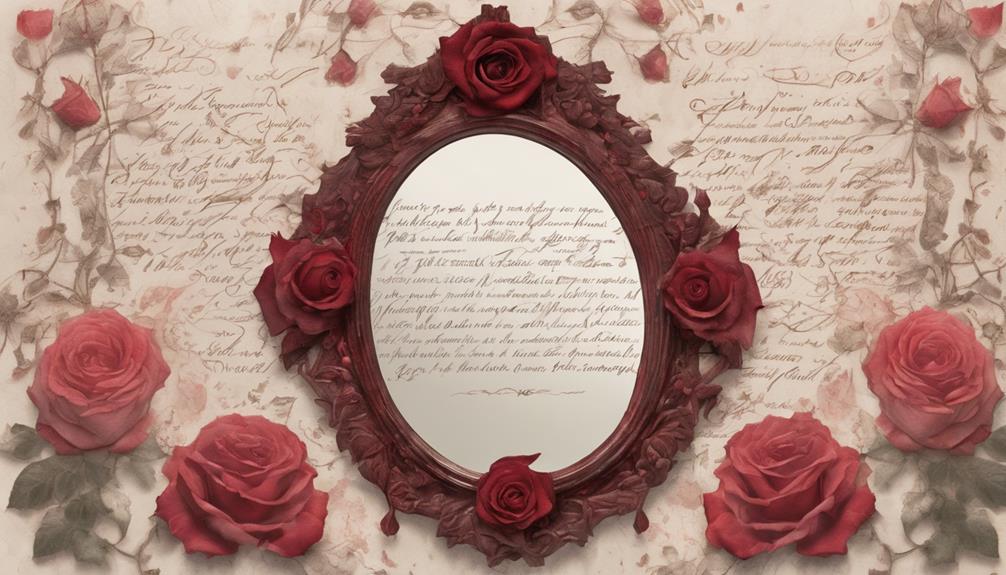
Through the intentional exploration of symbolism, Ghazal poets adeptly communicate the mystical and spiritual themes that underlie the genre, enabling you to uncover the intricate layers of meaning that lie beneath the deceptively simple, yet richly evocative, imagery. As you immerse yourself in the world of Ghazal poetry, you'll notice the strategic use of floral metaphors, which act as a gateway to the poet's inner world. The rose, for example, symbolizes the beloved, while the nightingale's lament represents the poet's longing. These metaphors not only foster a sense of intimacy but also emphasize the impermanence of human connection.
Celestial references also feature prominently in Ghazal poetry, with the moon and stars frequently serving as symbols of the divine. The poet's gaze is directed upward, towards the heavens, as they strive to transcend the ordinary and commune with the infinite. Through these references, the poet conveys the desire for spiritual enlightenment and oneness with the divine. As you navigate the intricate tapestry of Ghazal poetry, you'll realize that symbolism is more than just ornamental; it serves as a portal to the poet's inner world, where love, yearning, and spirituality intersect.
Evolution of the Ghazal Form
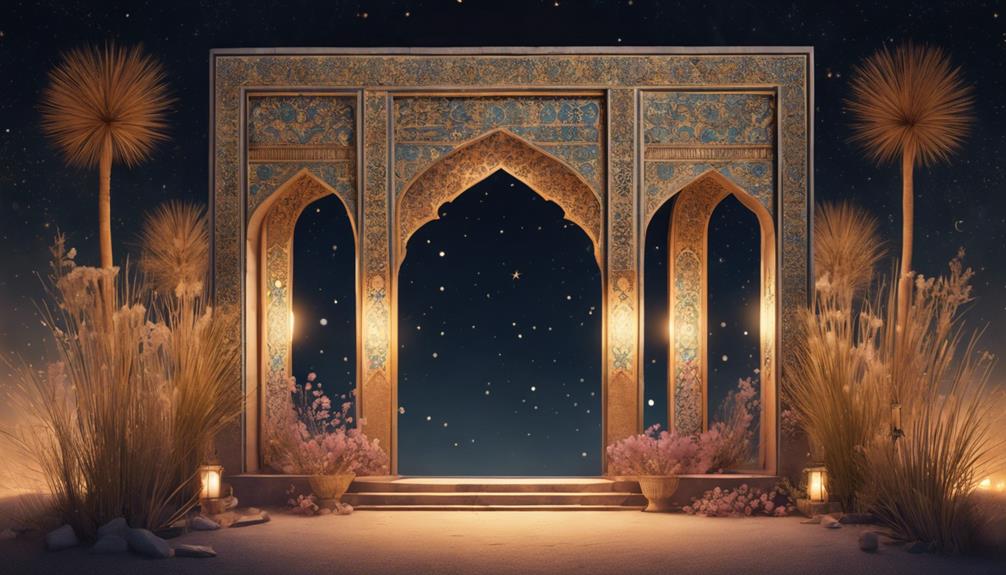
Originating in 10th-century Persia, the Ghazal form has undergone a remarkable transformation over the centuries, exploring the cultural, social, and literary currents of its time, while retaining its essence as a poetic expression of love, spirituality, and the human experience. As you explore the evolution of the Ghazal, you'll notice that it has navigated through various phases, from its early days as a mystical and romantic form to its modern adaptations. The 19th-century Ghazal revival, led by poets like Ghalib and Iqbal, infused new life into the form, introducing fresh themes and styles. This revival paved the way for poetic innovation, allowing the Ghazal to stay relevant and dynamic. You'll find that the Ghazal's adaptability has been key to its enduring popularity, as it continues to captivate audiences with its rich, lyrical language and profound exploration of the human condition. By examining the Ghazal's evolution, you'll gain a deeper understanding of its resilience and its ability to transcend cultural and temporal boundaries.
Timeless Appeal of the Ghazal
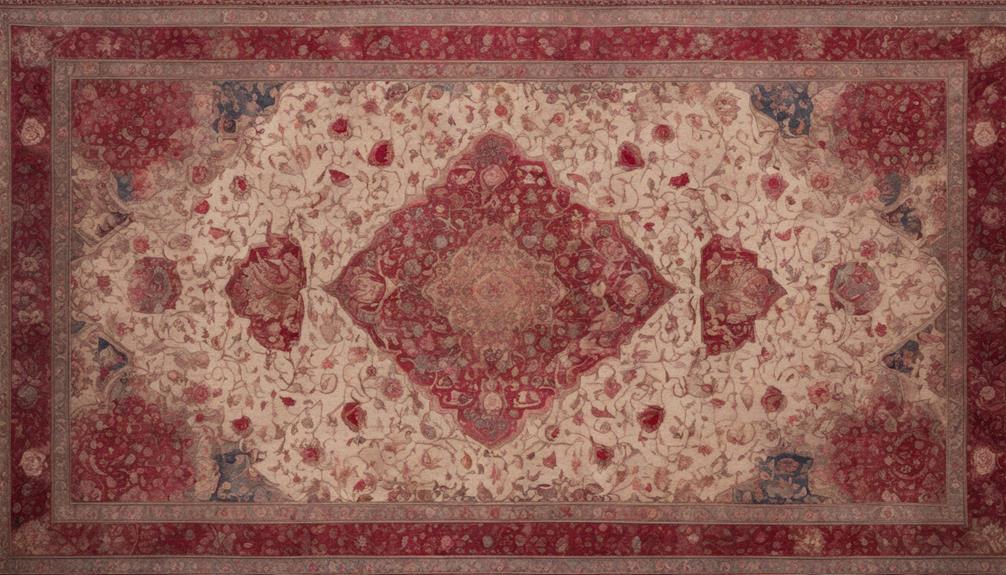
As you explore the world of Persian poetry, you'll discover that the Ghazal's timeless appeal lies in its unique ability to uncover the complexities of human emotions, fostering a deep sense of connection with readers across cultures and centuries. This enduring appeal can be attributed to the Ghazal's capacity to tap into universal emotions, which transcend cultural boundaries and resonate with readers from diverse backgrounds. The Ghazal's cultural relevance stems from its ability to capture the essence of human experience, bridging the gap between past and present, East and West. By investigating the intricacies of love, longing, and loss, the Ghazal form has created a shared emotional lexicon, allowing readers to connect with the poet's inner world. This timeless appeal is further reinforced by the Ghazal's use of rich imagery, symbolism, and metaphors, which continue to evoke powerful emotions and spark introspection. As you explore further into the world of Persian poetry, you'll find that the Ghazal's timeless appeal lies in its ability to evoke a sense of shared humanity, making it a poignant and enduring form of literary expression.
Frequently Asked Questions
Can Ghazal Poetry Be Written in Languages Other Than Persian?
Can the essence of a traditional form be preserved when transplanted into a foreign tongue? You might wonder if ghazal poetry can be written in languages other than Persian. While it's possible, you must consider the implications of cultural appropriation and linguistic barriers. The nuances of Persian language and culture are deeply ingrained in the ghazal form, making it challenging to replicate its essence in another language without losing its authenticity.
How Does the Ghazal Form Differ From Other Poetic Forms?
As you explore the world of poetry, you'll notice the ghazal form stands out for its unique structure. Unlike other forms, the ghazal's couplets, or 'shers,' are autonomous, with each one exploring a distinct idea. This distinctive feature allows for a poetic evolution that's both fragmented and cohesive. The ghazal's non-linear structure enables a rich, nuanced exploration of themes, setting it apart from more traditional, linear poetic forms.
Are All Ghazal Poems Romantic or Can They Address Other Topics?
You might assume that ghazal poems are exclusively romantic, but they can, in fact, address a wide range of topics. While romantic love is a common theme, ghazals can also explore spiritual yearnings and mystical quests, delving into the human experience. You'll find that many ghazals tackle complex, abstract ideas, such as the nature of existence or the human condition, making them a rich and diverse poetic form.
Can Modern Poets Still Write Traditional Ghazal Poetry?
You might think that traditional ghazal poetry is relegated to ancient Persia, but you'd be mistaken. Modern poets can still write traditional ghazal poetry, infusing it with modern twists and cultural fusion. You can experiment with fresh themes, imagery, and language while maintaining the traditional ghazal structure. This blend of old and new allows you to pay homage to the past while making the form your own, resulting in a unique and alluring voice.
Is the Ghazal Form Only Used to Express Personal Emotions?
As you explore the ghazal form, you'll find it's not limited to expressing personal emotions. While it's often used for emotional catharsis, ghazals can also facilitate cultural introspection, probing the complexities of societal norms and values. By investigating the intricacies of human experience, ghazal poets can transcend personal emotions, offering a nuanced exploration of the human condition. This versatility allows the form to remain a powerful tool for self-reflection and cultural critique.
